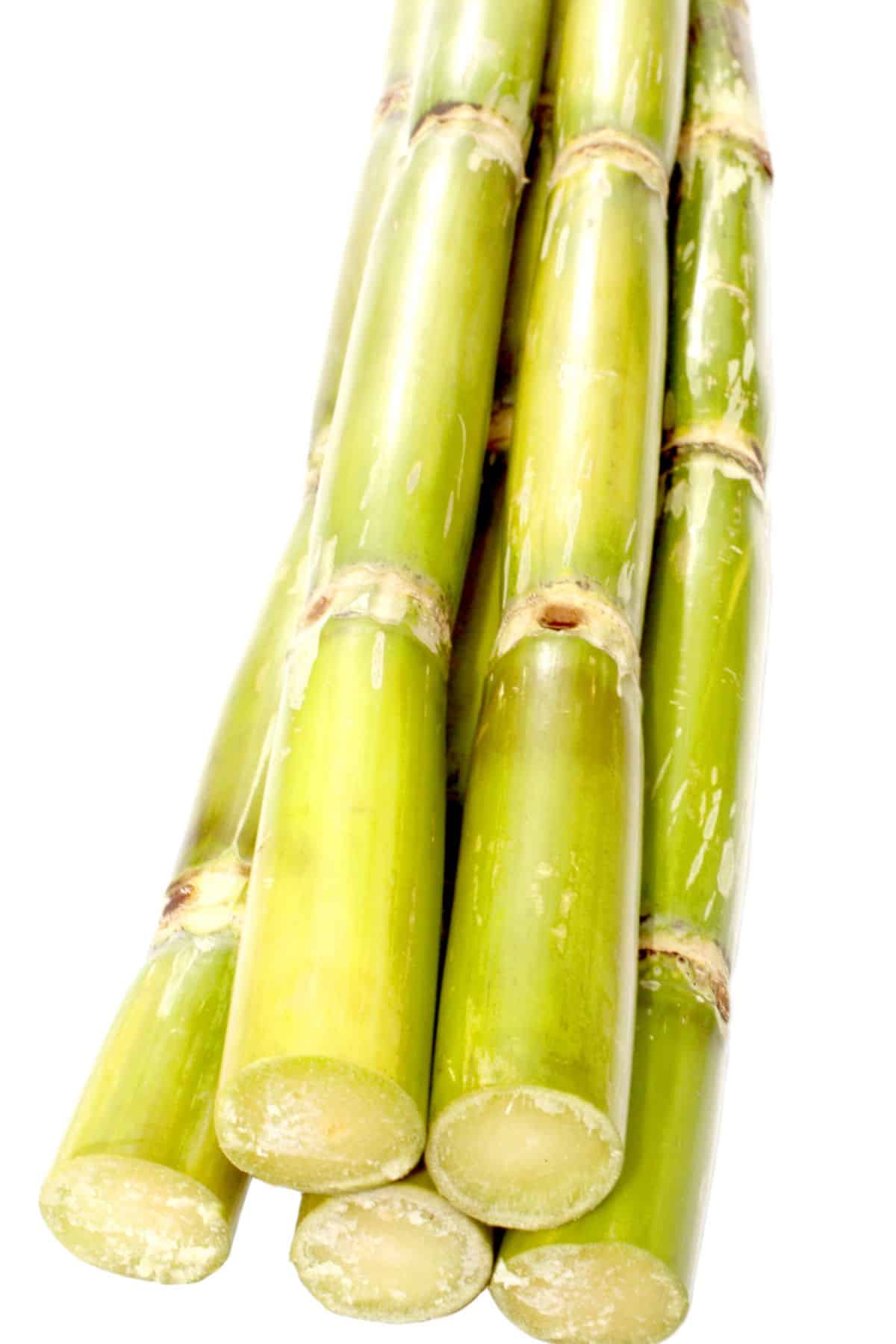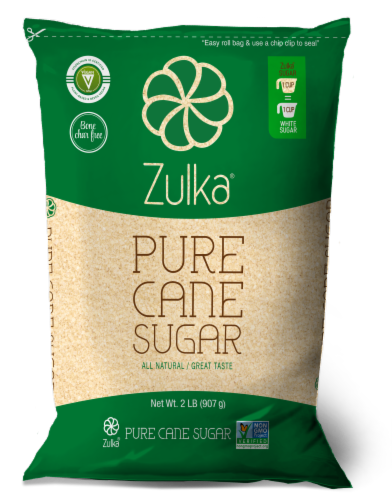Checking Out the Comprehensive Tips Associated With Cane Sugar Handling From Gathering to Improvement
The procedure of walking stick sugar production includes a collection of intricate steps, beginning with the careful harvesting of sugarcane and finishing in the improvement stages that make certain the last item satisfies sector standards. Each phase, from the extraction of juice to the purification and condensation procedures, plays a vital duty in figuring out the top quality and personality of the sugar.
Harvesting Sugarcane
Collecting sugarcane is a crucial action in the cane sugar processing chain, as it directly affects the top quality and return of the final product. Correct timing and strategies are essential during this stage to guarantee ideal sugar material and reduce losses. Normally, sugarcane is gathered when it reaches maturation, generally 12 to 18 months after growing, defined by a high sucrose concentration.

Post-harvest, the sugarcane must be processed promptly to stop sucrose destruction. Preferably, gathered walking cane must be delivered to processing facilities within 24-hour to preserve sugar top quality. Consequently, reliable logistical planning is essential to maintain the honesty of the gathered crop throughout the supply chain.
Extraction Process

The crushed walking cane undergoes a collection of pressing operations to take full advantage of juice healing. Normally, warm water is splashed onto the smashed cane, creating a countercurrent flow that aids dissolve the sugar while likewise assisting in the extraction process. The juice accumulated from this procedure contains not only sugar yet also numerous organic compounds and impurities.

To improve extraction performance, some centers might use diffusion techniques, where the sugarcane is taken in warm water, enabling the soluble sugars to diffuse right into the fluid. The resulting juice, rich in sucrose, is after that guided to succeeding processing phases, laying the foundation for purification and refinement. The extraction process is thus pivotal in figuring out the quality and return of the last sugar item.
Purification Strategies
The filtration strategies used in cane sugar handling are important for transforming the raw juice into a high-quality sugar item. These methods largely intend to eliminate pollutants, such as dirt, plant materials, and not natural materials, which can adversely impact the final product's taste and shade.
Among the most usual purification methods is clarification. This process entails adding lime and heat to the raw blog juice, which promotes the coagulation of pollutants. The resulting precipitate is after that gotten rid of via sedimentation or filtration, generating a more clear juice. In addition, using phosphoric acid can enhance the information procedure by further binding contaminations.
One more significant technique is carbonatation, where carbon dioxide is introduced to the made clear juice. This response produces calcium carbonate, which records continuing to be pollutants and promotes their elimination.
Moreover, triggered carbon therapy may be put on adsorb any type of staying colorants and organic impurities, ensuring an extra refined product. The mix of these techniques effectively prepares the sugar juice for succeeding actions in the refining procedure, establishing the stage for the production of top notch cane sugar.
Formation Methods
After the filtration phase, the next important action in walking cane sugar processing includes crystallization methods, which play a pivotal role in transforming the cleared up juice into solid sugar. This procedure normally employs 2 main approaches: spontaneous condensation and regulated crystallization.
In spontaneous condensation, supersaturated sugar solutions are enabled to cool down normally, bring about the development of sugar crystals over time. This technique is easier but may cause unequal crystal dimensions and lower pureness levels. On the other hand, managed formation is a more accurate method where seeding, temperature level, and focus representatives are diligently taken care of. This method enables the uniform growth of sugar crystals and higher purity.
During crystallization, the cleared up juice is concentrated through dissipation, increasing its sugar content till it gets to supersaturation. When this point is achieved, either technique can help with the crystallization procedure. Cane Sugar Processing. The resultant sugar crystals are after that divided from the staying syrup with centrifugation
Eventually, the option of condensation method influences the high quality, size, and purity of the final sugar item, making this action essential in the overall walking cane sugar processing procedure.
Refinement and Product Packaging
Just how can the purity and quality of walking cane sugar be additionally boosted after formation? The refinement procedure plays a crucial role in attaining high-grade walking cane sugar. Complying with formation, sugar goes through a complete washing to get his response rid of contaminations and residual molasses. This is typically completed using cozy water or steam, which helps liquify and draw out undesirable elements while maintaining the sugar crystals.
Next, the sugar undergoes a procedure called centrifugation, where it is spun at broadband to divide the detoxified sugar crystals from the remaining fluid. After centrifugation, the sugar is usually more improved with a technique resource called carbonization or phosphatation, which utilizes activated carbon or phosphoric acid to remove shade and off-flavors.
As soon as fine-tuned, the sugar is dried out to attain the desired dampness content, ensuring that it continues to be steady throughout storage space and transport. The final action involves packaging the refined sugar in moisture-proof and closed containers to maintain its high quality and stop contamination. Cane Sugar Processing. Correct product packaging not just extends life span however additionally helps with simple handling and distribution, making sure that customers receive sugar that meets the highest standards of purity and quality
Conclusion
The thorough actions associated with cane sugar processing, from the thorough harvesting of sugarcane to the detailed improvement and product packaging stages, highlight the significance of each phase in guaranteeing top notch sugar production. Optimal harvesting techniques, reliable removal techniques, and extensive purification processes collectively contribute to the last item's purity and stability. The formation and succeeding product packaging methods even more enhance the honesty and life span of the sugar, highlighting the complexity and precision inherent in this important agricultural sector.
The process of cane sugar manufacturing incorporates a collection of elaborate steps, starting with the cautious harvesting of sugarcane and culminating in the improvement stages that guarantee the final item satisfies industry criteria. Ideally, gathered cane needs to be transferred to refining facilities within 24 hours to maintain sugar high quality.In spontaneous formation, supersaturated sugar services are enabled to cool normally, leading to the formation of sugar crystals over time - Cane Sugar Processing. The improvement procedure plays an essential duty in accomplishing top quality walking cane sugar.The extensive actions included in cane sugar processing, from the meticulous harvesting of sugarcane to the complex improvement and packaging phases, underscore the relevance of each phase in making sure top quality sugar manufacturing
Comments on “The Trip of Cane Sugar Processing: From Harvest to Crystals”